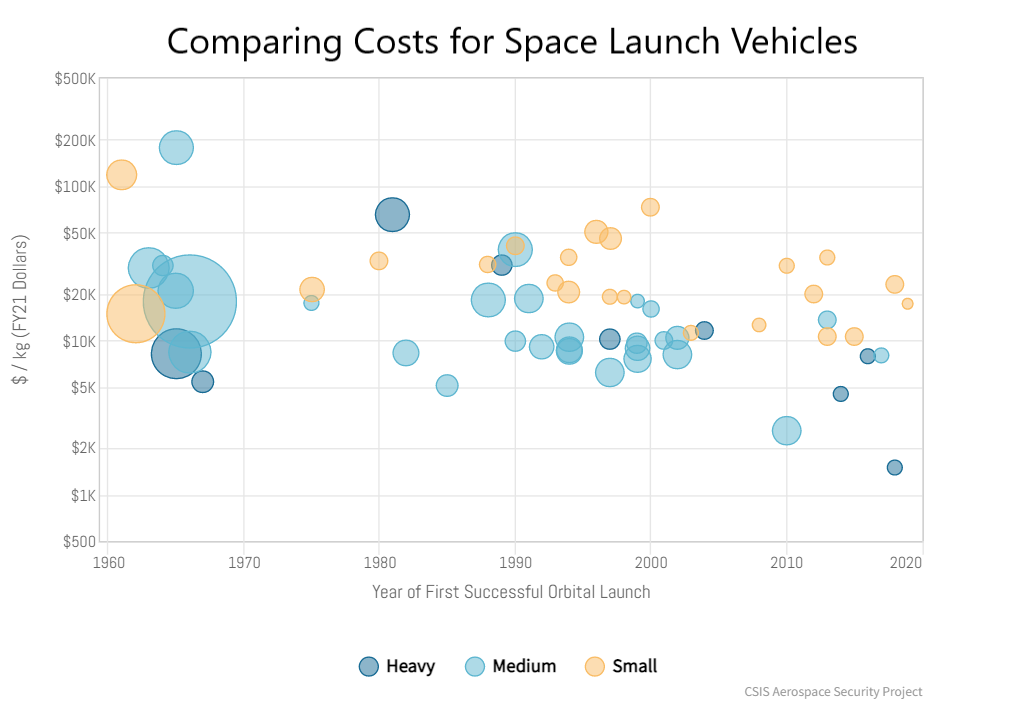People often hold long conversations about how to save more money, trade tips for doing so, and strategize about the smartest, easiest ways to stash cash away for a rainy day. They often overlook a key part of the topic, namely how much to save by a certain age.
So, if you’re 25, do you know what the national savings average is, based on whether you’re married or single? It’s a very helpful number to know because it can give you an idea of where you stand in comparison to others your age and of the same marital status.
The other part of any worthwhile savings conversation centers around how to save. Fortunately, some techniques are better than others. In most cases, unless you are truly living on the edge of subsistence, it’s possible to add to a savings account on a regular basis. Here are some of the most effective ways to do so.
Save Every Month
– Advertisement –
Rule one: save “something” every single month, preferably every two weeks (or whenever you receive paychecks). At first, the amount doesn’t matter. It really doesn’t. The whole point of getting started is just to learn how to build the habit of putting aside a part of your income every time you get a paycheck.
If you’re strapped right now, buried in student loans, a mortgage, and other bills, make it a point to put $5 into a designated savings account once or twice per month, on the same days each time. Later on, as your financial burdens become lighter, you’ll have the habit ingrained into your financial routine, and it will be much easier to up the amount.

Use a Percent of Income to Decide How Much to Save
If you’re not financially burdened, but just can’t seem to decide how much to save regularly, choose a low percentage of income, like two or three percent, as a starting point. Then, when you receive a paycheck, bonus, award, or any form of income, place that exact percentage of the total into the account.
What’s the goal? Ideally, you want to get to the point where you can set aside between 10 and 20 percent of all your earnings for a rainy day. Right now, that might sound unrealistic, but millions of working adults do so as a matter of habit.
Automate the Process
One of the most pain-free ways to accumulate money in a special account is to automate the process. If your employer offers payroll withholding, sign up for it. If it’s not offered, be meticulous about dividing your paychecks into “for deposit to savings” amounts, based on your chosen percent of income, and the “deposit to checking account” amount.
Review Expenses Every Month
There’s a general rule about income and expenses: for the most part, our short-term incomes are static numbers. If you earn $XX per month, your income won’t change until you get a raise, change jobs, or take on an extra job. But, our expenses are quite adjustable, based on personal consumption habits and many other factors.
That’s why it’s imperative to review your expenses every month, seeking out line-items that can be reduced. For most working people, it’s entirely possible to save on groceries by joining a wholesale club. Plus, nearly everyone can reduce the amount of cash they spend eating out, especially at fast-food restaurants, the biggest money-pits of modern times.

General Savings Goal For Singles and Marrieds
What should you be setting aside, based on your age and marital status? Here are some averages to provide a better idea of how much to save. If you’re under 35 and single, your savings goal should be at least $4,000 in savings, or about $6,000 if you’re married. Between age 35 and 44, a good target for singles is $8,000, and for married couples, $17,000.
If you’re between 45 and 54 and married, make $24,000 your savings goal amount. If single, $9,000. Folks between 55 and 64 should be shooting for $10,000 for singles and $30,000 for married couples.
The lesson is that it’s best to first create a savings habit and then build up the percent of income, slowly, that you save every month.
– Advertisement –



